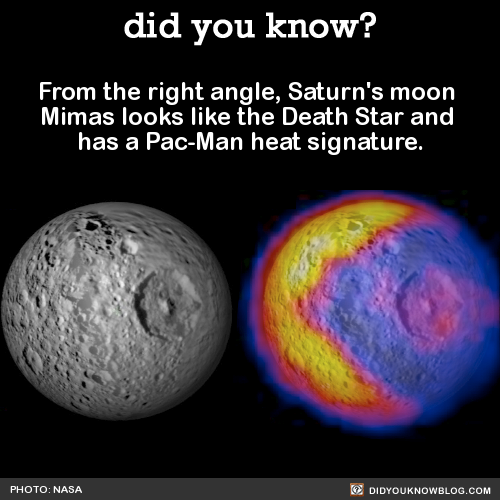Please Drop Some Rad Megalodon Facts My Sweet Dude
please drop some rad megalodon facts my sweet dude
Reaching lengths of up to 60 feet and an estimated maximum weight of over 60 tons (that’s 20x as heavy as todays Great White), the Megalodon is the largest known predator in Earth’s history. The only existing marine animal that’s larger is the blue whale, which can grow as big as 100 feet and weigh more than 150 tons.
While most adult Megalodon teeth fell into the 4-5” size range, a few massive, fossil teeth have been found in excess of 7”. The largest verifiable Megalodon tooth is a 7.48” tooth found near Ocucaje, Peru.
Contrary to popular belief, fossil evidence shows that the Megalodon is NOT in fact closely related to the Great White Shark.
Computer models estimate the Megalodon’s bite force between 24,000 to 40,000 pounds (10,900 to 18,100 kilograms), This is 6-10 times that of the Great White shark and modern crocodiles, This is also 2-3 times that of the estimated bite force of 12,800 pounds for T-Rex and the large Mosasaurs.
According to accounts dating back to the Renaissance, massive triangular teeth were often found buried in rocky mountains and were believed to be the fossilized tongues of dragons and snakes. It wasn’t until 1667 that they were recognized by Danish naturalist Nicolaus Steno as shark teeth.
Megalodon pups were born an estimated 2 to 4 meters in size (6.6.ft – 13.1ft) at birth.
There are three main theories on how Megalodon went extinct:
Oceanic Cooling: This first theory suggests that accelerated changes in global circulation caused by the closure of the Central American Seaway (along with possible other factors such as Pliocene climate) set the stage for the build of of glaciers in the northern hemisphere consequently creating Ice Ages which cooled the oceans substantially. The Megalodon preferred warmer water so this may have impacted their resulted and eventual demise.
Decline in Food Supply: By the end of the Miocene many species that the Megalodon relied on for sustenance became extinct. Also the closure of the Central American Seaway caused further extinctions as well as cause faunal redistribution. This resulted in decreased diversity and abundance of great whales suggesting that most surviving species headed towards polar regions.
New Competition: This last theory is one of the least popular. It suggests that the emergence of raptorial killer whales contributed to the demise of the Megalodon. Fossil records show that the ancient whales could survive the new cold climates thus outlasting the mega tooth sharks.
“Megalodon” originates from two Greek words — megas, signifying “big”, and odont, signifying “tooth”.
Before anyone gets too excited, we have a post here explaining how it’s not possible that Megalodon is still alive,
More Posts from Saients and Others

Technology then and now

NASA astronaut Peggy Whitson becomes first woman to command ISS twice
NASA astronaut Peggy Whitson achieved a new milestone at the International Space Station on Sunday, when she became the first woman to command the ISS twice.
Whitson is replacing astronaut Robert Shane Kimbrough, who will depart the space station Monday.
“Up here we don’t wear shoes, but Shane is leaving me some pretty big socks to fill,” Whitson said during a live broadcast as she assumed her new position. Read more. (4/9/2017 3:40 PM)
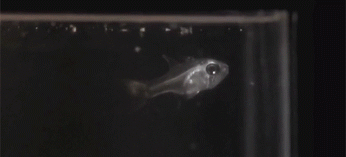
DIY organization Autonomous Space Agency Network just sent a Trump protest 90,000 feet in the air. And it didn’t even cost that much to do it.


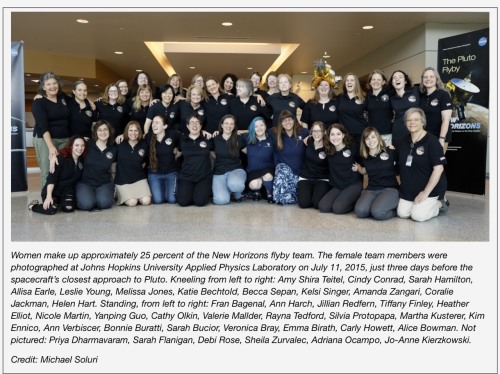
Women scientists made up 25% of the Pluto fly-by New Horizon team. Make sure you share this, because erasing women’s achievements in science and history is a tradition. Happens every day.
.
http://pluto.jhuapl.edu/News-Center/News-Article.php?page=20150712
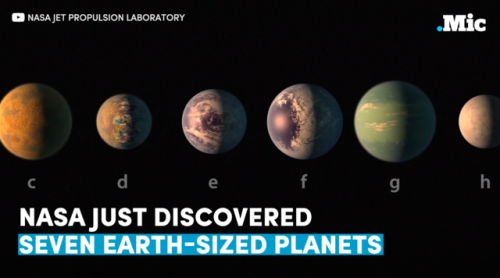
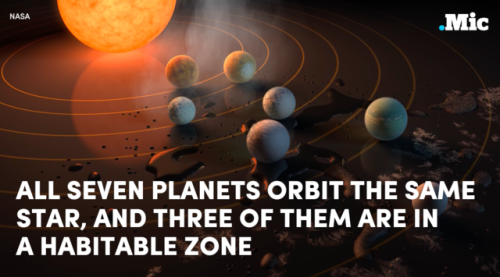
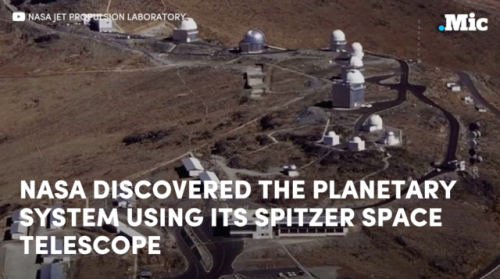
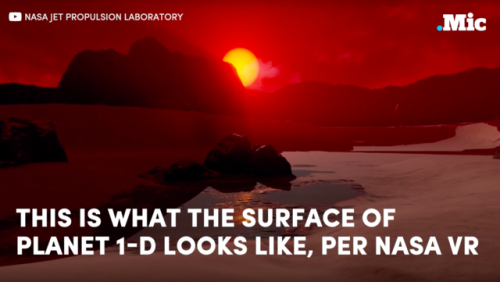
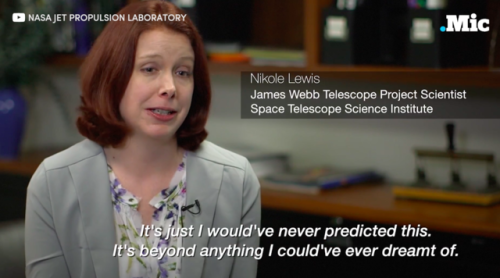
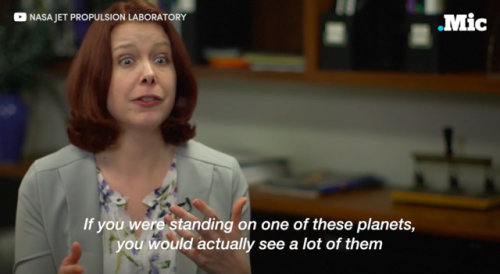
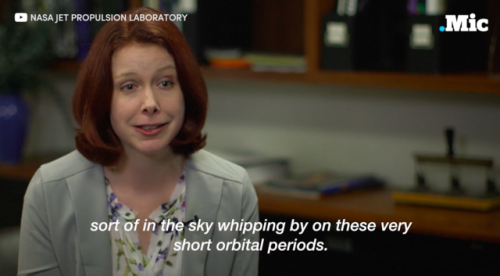
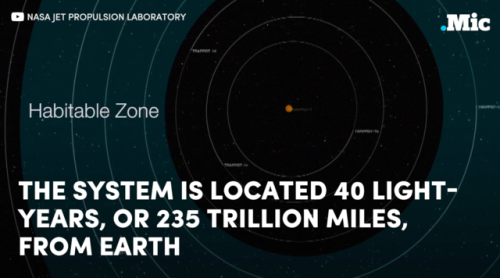
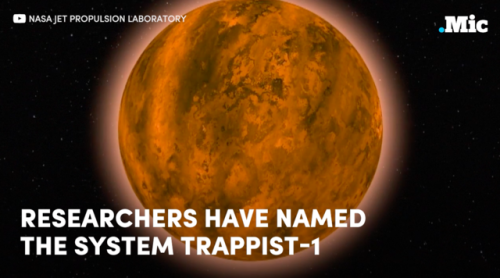
According to NASA, a neighboring star has 7 Earth-like planets in its orbit
Seven Earth-like planets have been found orbiting a sun not too far — in space terms, at least — from our own.
NASA announced Wednesday that the planets resemble Earth in composition and spacing from their star, which means their conditions might be favorable to liquid water and life, Time reported.
“The planets form a very compact system,” Michaël Gillon of Belgium’s University of Liège, said in a teleconference, according to Time. “They are very close to their star and are reminiscent of the system of moons that orbit Jupiter. They could have liquid water and life.”
Astronomers studied the star, Trappist-1 — which, at 39 light years away from Earth, is considered a relative neighbor — for six years, using telescopes located all over the world, plus the Spitzer Space Telescope. Read more (2/22/17 2:04 PM)
follow @the-future-now
-
 salty-spaceship liked this · 8 months ago
salty-spaceship liked this · 8 months ago -
 twice-as-many-stars liked this · 1 year ago
twice-as-many-stars liked this · 1 year ago -
 eibongrey reblogged this · 1 year ago
eibongrey reblogged this · 1 year ago -
 bizarreshark liked this · 1 year ago
bizarreshark liked this · 1 year ago -
 trans-siberian-marching-band reblogged this · 2 years ago
trans-siberian-marching-band reblogged this · 2 years ago -
 amazonprimebox reblogged this · 2 years ago
amazonprimebox reblogged this · 2 years ago -
 amazonprimebox liked this · 2 years ago
amazonprimebox liked this · 2 years ago -
 thefragile-left liked this · 2 years ago
thefragile-left liked this · 2 years ago -
 hannibalsbignaturals liked this · 2 years ago
hannibalsbignaturals liked this · 2 years ago -
 clonewarslover55 liked this · 2 years ago
clonewarslover55 liked this · 2 years ago -
 zebrashork liked this · 2 years ago
zebrashork liked this · 2 years ago -
 ashzerium117 liked this · 2 years ago
ashzerium117 liked this · 2 years ago -
 kewlstory liked this · 3 years ago
kewlstory liked this · 3 years ago -
 paranoia-in-bloom liked this · 3 years ago
paranoia-in-bloom liked this · 3 years ago -
 plasmagruntcalvin liked this · 3 years ago
plasmagruntcalvin liked this · 3 years ago -
 dangerouslytransparentgarden reblogged this · 4 years ago
dangerouslytransparentgarden reblogged this · 4 years ago -
 dangerouslytransparentgarden liked this · 4 years ago
dangerouslytransparentgarden liked this · 4 years ago -
 winterflurry liked this · 4 years ago
winterflurry liked this · 4 years ago -
 who-the-fuck-just liked this · 4 years ago
who-the-fuck-just liked this · 4 years ago -
 eggingtontoast reblogged this · 4 years ago
eggingtontoast reblogged this · 4 years ago -
 eggingtontoast liked this · 4 years ago
eggingtontoast liked this · 4 years ago -
 galafoxlitten liked this · 4 years ago
galafoxlitten liked this · 4 years ago -
 blazikenbirch liked this · 4 years ago
blazikenbirch liked this · 4 years ago -
 sapphis-lazuli liked this · 4 years ago
sapphis-lazuli liked this · 4 years ago -
 bloodhoney-bloodhoney liked this · 4 years ago
bloodhoney-bloodhoney liked this · 4 years ago -
 mateodoodle reblogged this · 4 years ago
mateodoodle reblogged this · 4 years ago -
 mateodoodle liked this · 4 years ago
mateodoodle liked this · 4 years ago -
 starstrike liked this · 4 years ago
starstrike liked this · 4 years ago -
 dcat-could-be-spookier liked this · 4 years ago
dcat-could-be-spookier liked this · 4 years ago -
 avy-time liked this · 4 years ago
avy-time liked this · 4 years ago -
 kataa-floko reblogged this · 5 years ago
kataa-floko reblogged this · 5 years ago -
 twice-the-dreams-half-the-love liked this · 5 years ago
twice-the-dreams-half-the-love liked this · 5 years ago -
 dumb-rat-man liked this · 5 years ago
dumb-rat-man liked this · 5 years ago -
 vn497 liked this · 5 years ago
vn497 liked this · 5 years ago -
 townofcan liked this · 5 years ago
townofcan liked this · 5 years ago -
 shadowweavers liked this · 5 years ago
shadowweavers liked this · 5 years ago -
 unicornlarucamaz reblogged this · 5 years ago
unicornlarucamaz reblogged this · 5 years ago -
 unicornlarucamaz liked this · 5 years ago
unicornlarucamaz liked this · 5 years ago -
 arkkralie liked this · 5 years ago
arkkralie liked this · 5 years ago -
 tin-foil-frog liked this · 5 years ago
tin-foil-frog liked this · 5 years ago -
 theyeetumusmaximus-blog liked this · 5 years ago
theyeetumusmaximus-blog liked this · 5 years ago -
 meiwes-eat-flesh liked this · 5 years ago
meiwes-eat-flesh liked this · 5 years ago
Stardate: 2258.42...or, uh, 4... Whatever. Life is weird, at least we've got science.
75 posts

